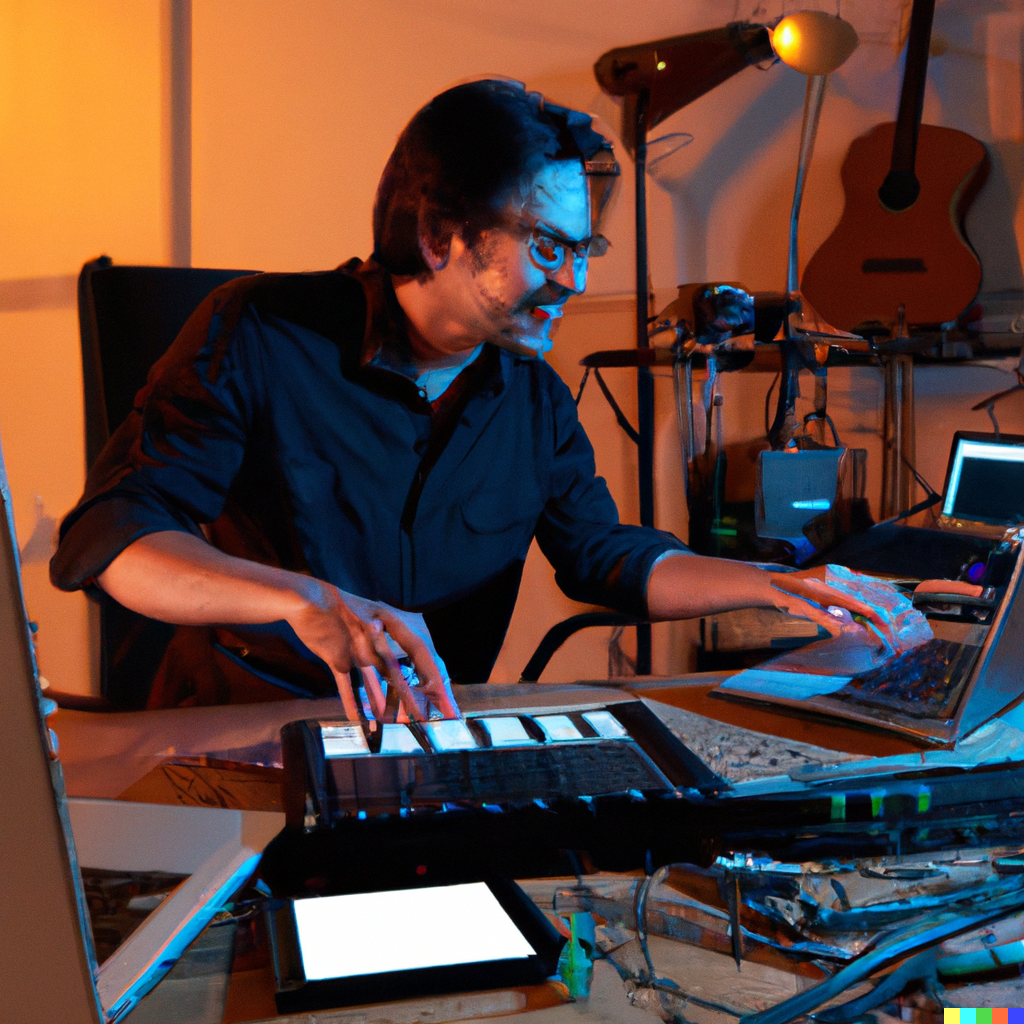
Using compression and dynamic processing in mixing
Compression and dynamic processing are essential tools in the mixing process that can help to control the dynamics of individual tracks and create a more cohesive and polished final mix. In this article, we will explore the basics of compression and dynamic processing, and provide tips and techniques to help you use these tools effectively in your mixing.
Table of Contents
- Introduction to Compression and Dynamic Processing
- Understanding Dynamic Range
- Types of Compressors and Their Characteristics
- Basic Compression Techniques
- Advanced Compression Techniques
- Using Compression in Parallel Processing
- Understanding Dynamic Processing: Expanders and Gates
- Basic Dynamic Processing Techniques
- Advanced Dynamic Processing Techniques
- Using Dynamic Processing in Parallel Processing
- Tips and Tricks for Effective Compression and Dynamic Processing
- Compression and Dynamic Processing in Different Genres and Styles of Music
- Conclusion
- FAQs
Introduction to Compression and Dynamic Processing
Compression is a tool used to reduce the dynamic range of an audio signal by reducing the level of loud signals and boosting the level of quiet signals. This can help to control the dynamics of individual tracks and make them sit more comfortably in the mix. Dynamic processing, which includes expanders and gates, can be used to further control the dynamics of a track by increasing or decreasing the level of quiet signals.
Understanding Dynamic Range
Dynamic range is the difference between the loudest and quietest parts of an audio signal. A track with a wide dynamic range can be difficult to mix, as the loud parts can overpower the quiet parts. Compression can be used to reduce the dynamic range of a track and make it easier to mix.
Types of Compressors and Their Characteristics
There are different types of compressors, each with its own characteristics and applications. The most common types of compressors are:
- VCA (Voltage Controlled Amplifier) compressors: fast and transparent, commonly used for drums and other fast transients
- Opto (Optical) compressors: slower and more musical, commonly used for vocals and other sustained sounds
- FET (Field-Effect Transistor) compressors: fast and aggressive, commonly used for guitar and bass
Understanding the characteristics of different compressors can help you choose the right one for the task at hand.
Basic Compression Techniques
Some basic compression techniques include:
- Setting the threshold: the level at which compression begins
- Setting the ratio: the amount of compression applied to the signal
- Setting the attack and release: the time it takes for the compressor to begin and end compression
- Using makeup gain: boosting the level of the compressed signal to compensate for lost volume
Advanced Compression Techniques
In addition to basic compression techniques, there are advanced techniques that can be used to achieve specific results. Some of these techniques include:
- Sidechain compression: using the signal from one track to trigger the compression on another track
- Multiband compression: applying different amounts of compression to different frequency bands
- Parallel compression: blending the compressed and uncompressed signals together to retain some of the dynamic range
Using Compression in Parallel Processing
Parallel compression involves blending the compressed and uncompressed signals together to create a more natural and dynamic sound. This can be achieved by sending the uncompressed signal to one channel of a mixer and the compressed signal to another channel, and then blending the two channels together.
Understanding Dynamic Processing: Expanders and Gates
Expanders and gates are tools used to increase or decrease the level of quiet signals in an audio signal. Expanders increase the level of quiet signals, while gates decrease the level of quiet signals. These tools can be used to further control the dynamics of a track.
Basic Dynamic Processing Techniques
Some basic dynamic processing techniques include:
- Setting the threshold: the level at which expansion or gating begins
- Setting the ratio: the amount of expansion or gating
Leave a Reply